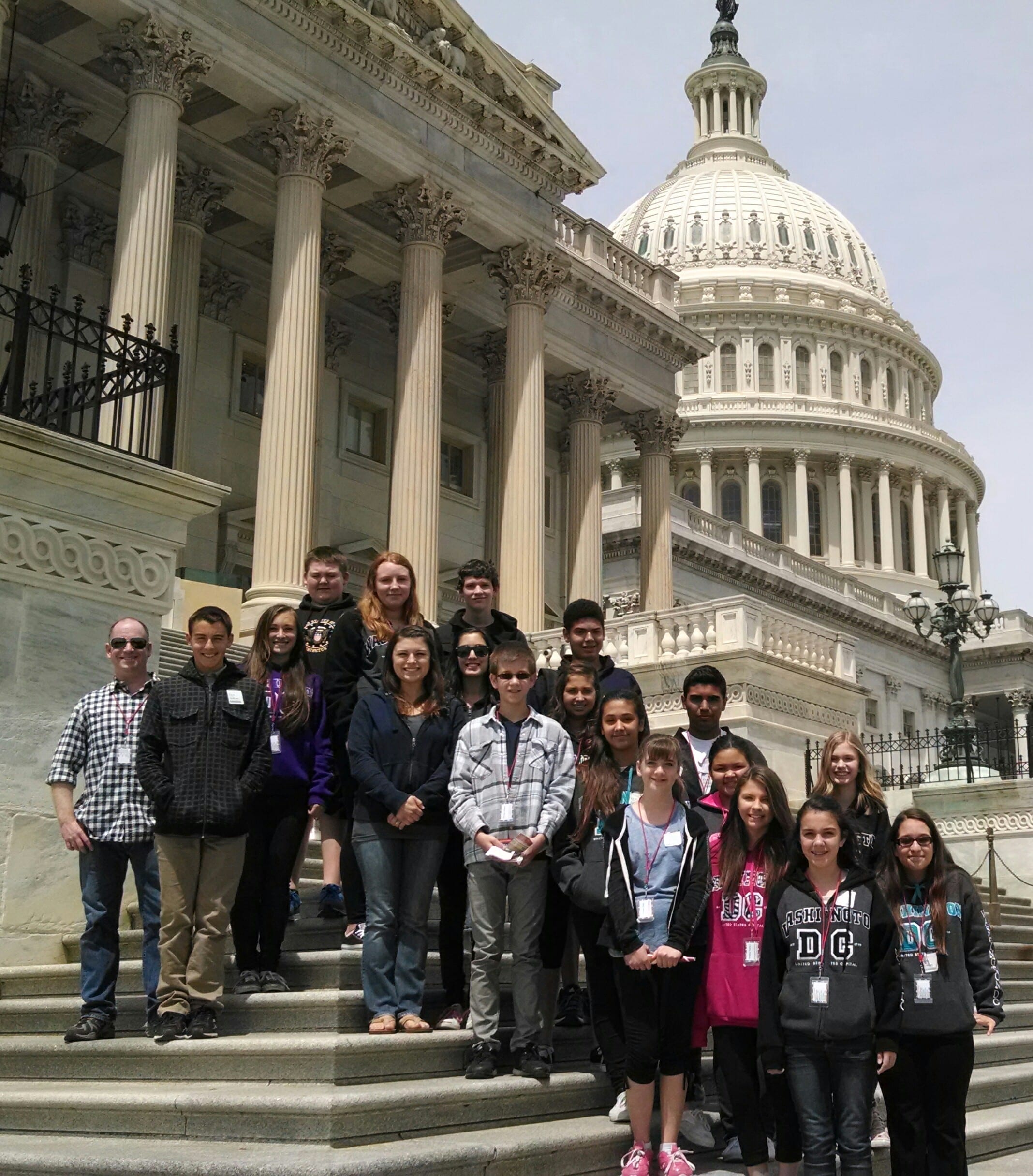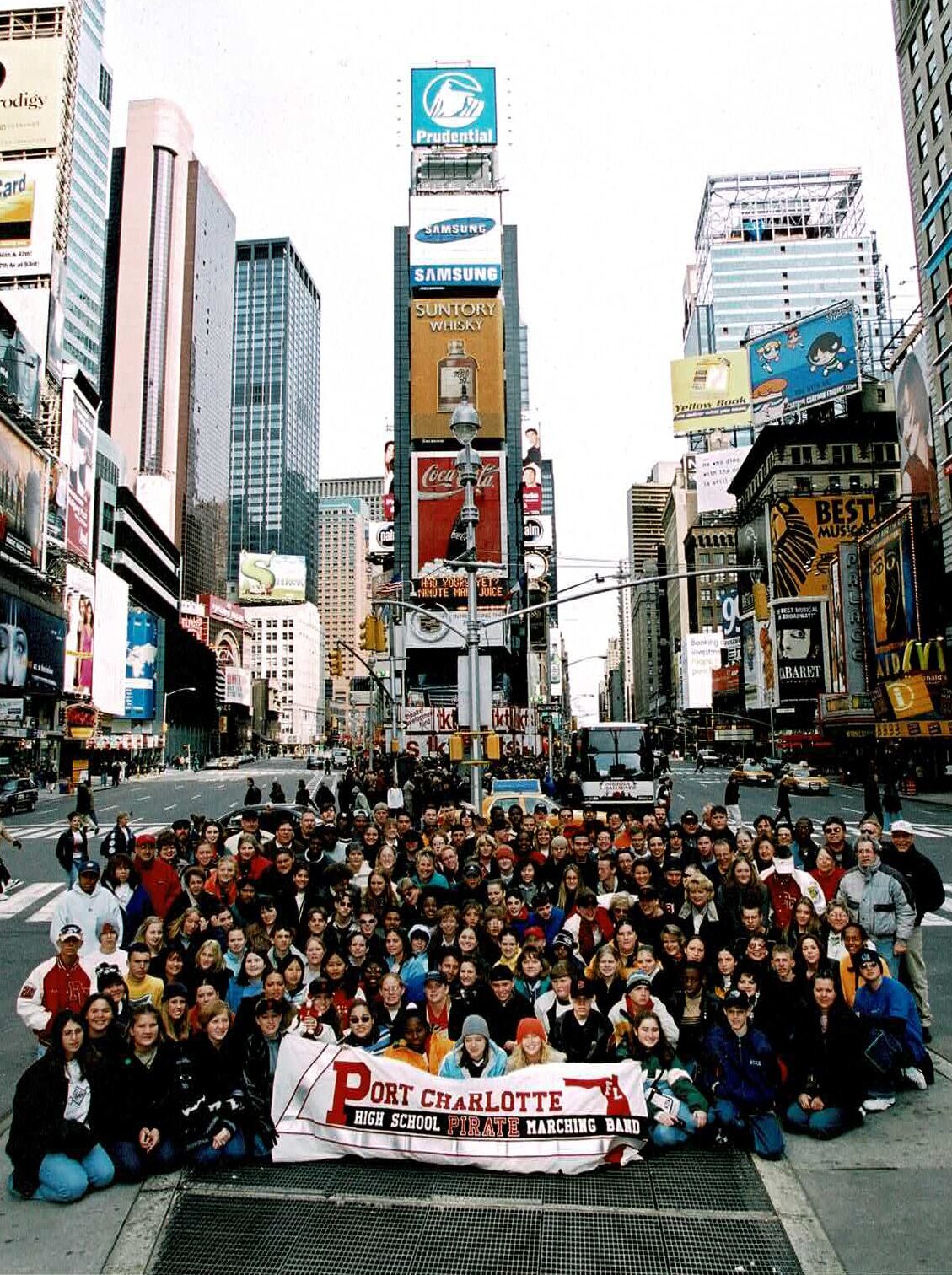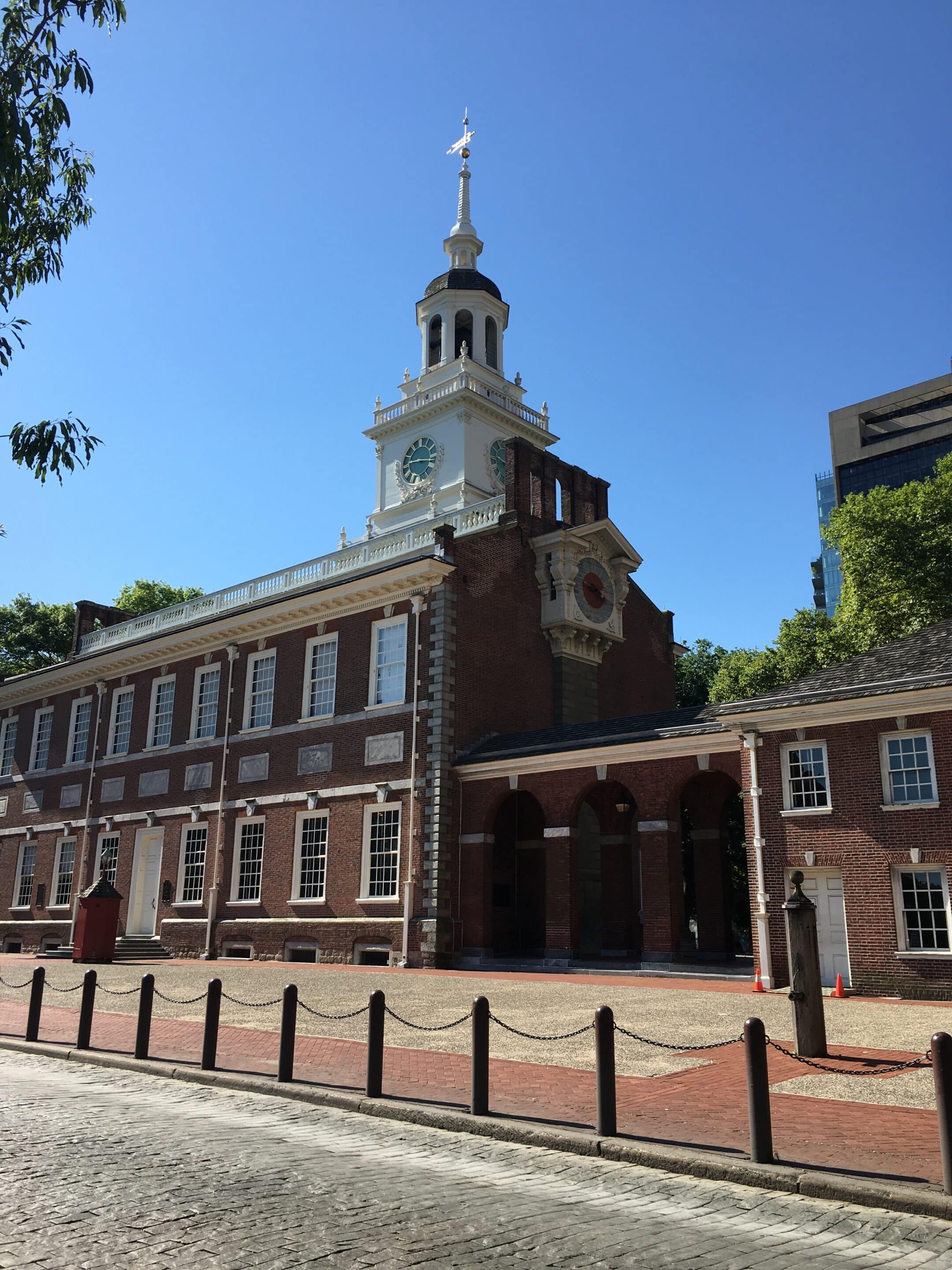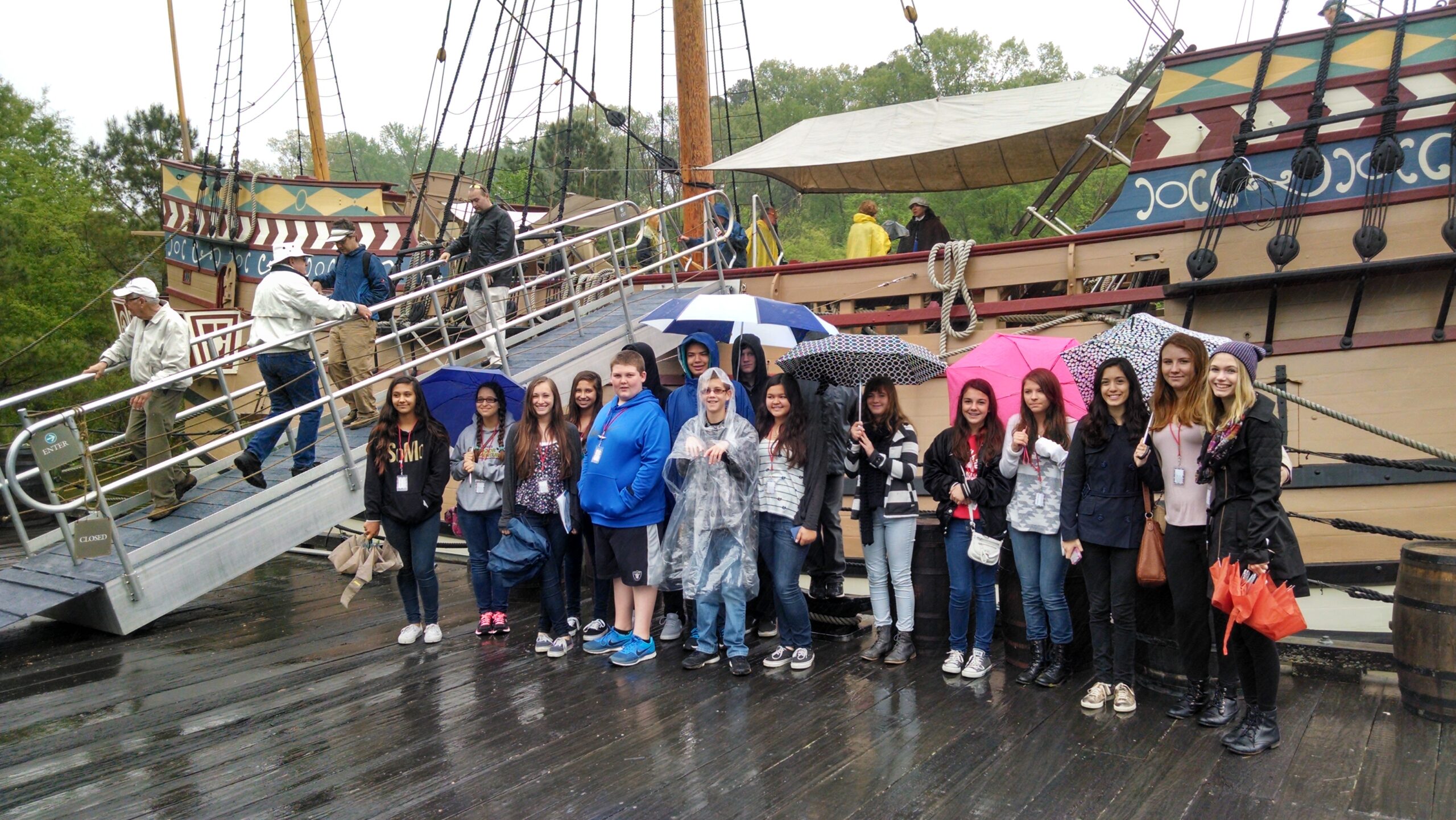Educational Tours
for MIDDLE and High School Students
Customized Educational Tours
Aligned With Your Learning Goals
Our team collaborates with educators to create customized educational tour experiences in iconic historical locations. These tours ignite curiosity in your students and connect what they’ve learned in the classroom to the real world.
Whether it’s exploring monuments in Washington, D.C., or immersing them in the arts and culture of New York City, we’ll design a trip that aligns with your curriculum and educational goals while creating memories that last a lifetime.
Want to explore a destination off the beaten path? Our experienced team can craft a personalized educational tour to virtually any location. Let PACE Travel be your partners in creating unforgettable educational adventures for your students, no matter where you want to go.
Check out some of our most popular educational destinations

Washington, D.C.
Bring civic and history lessons to life with a visit to the heart of American democracy. The district is a living textbook filled with historical landmarks, world-renowned museums, and iconic monuments. Students can learn more about the government, explore the stories of the nation’s leaders, and gain an appreciation for their cultural heritage.
Visit popular Washington destinations such as:

New York City
New York City is the vibrant cultural epicenter of the United States, where a melting pot of cultures creates a hub for innovation and the arts. From iconic museums housing famous works of art to the dynamic influence of Wall Street, students will experience the power of diversity, industry, and the indomitable American spirit.
Create a personalized itinerary that includes famous destinations such as:

Philadelphia
Take students on a journey back in time with a visit to Boston. Boston offers a rich tapestry of historical sites, from battlefields to the sites where civil disobedience sparked a revolution. Walk the freedom trail and discover the real-life stories of Revolutionary heroes. Explore the city’s literary and scientific heritage as students learn about the resilience of the human spirit.
Visits to Philadelphia can include stops at historical locations such as:

Boston
Take students on a journey back in time with a visit to Boston. Boston offers a rich tapestry of historical sites, from battlefields to the sites where civil disobedience sparked a revolution. Walk the freedom trail and discover the real-life stories of Revolutionary heroes. Explore the city’s literary and scientific heritage as students learn about the resilience of the human spirit.
Bring history to life by visiting Boston destinations such as:
Custom Trips to Worldwide Destinations
The world can be your classroom. PACE Educational Travel can create custom itineraries for destinations around the world. Walk the Royal Mile in Edinburgh or explore literary history in London. Our team of travel experts will handle all the logistics and ensure your itinerary aligns with your educational goals, and our guides will be with you every step of the way. Bring the gift of travel to your classroom and start planning a custom educational tour with PACE today.
Start Planning Your Educational Tour Today
Contact Us
"*" indicates required fields
Free Student Travel Guide
Coordinating an unforgettable experience for your students takes time and effort, but we’re here to make it easy. Download our FREE Student Travel Guide. It’s packed with valuable tips and resources to help you maximize the value of your next school trip.
Request a Quote
Already know where you want to go?
Contact PACE today to request a quote for your upcoming school trip
